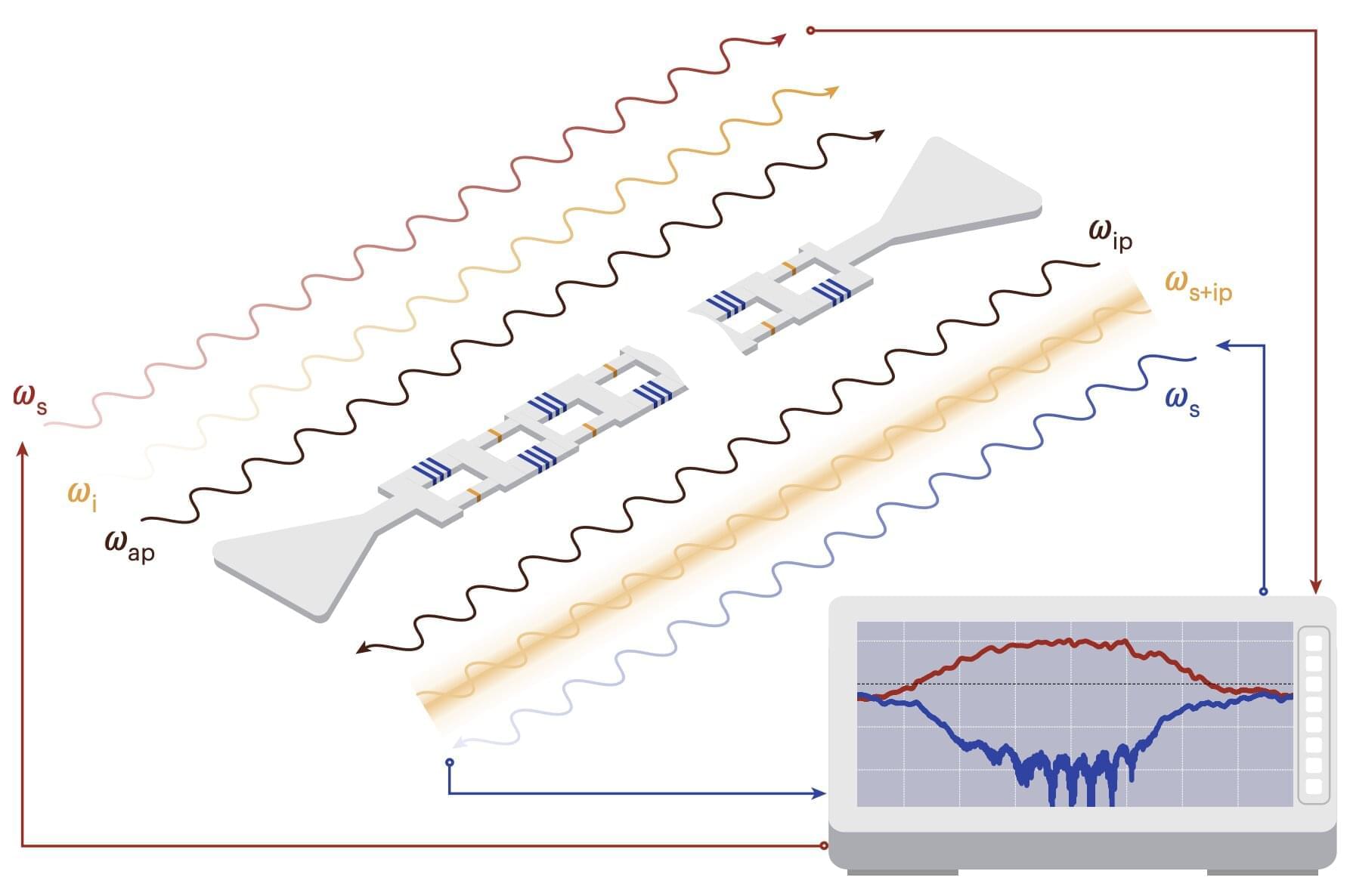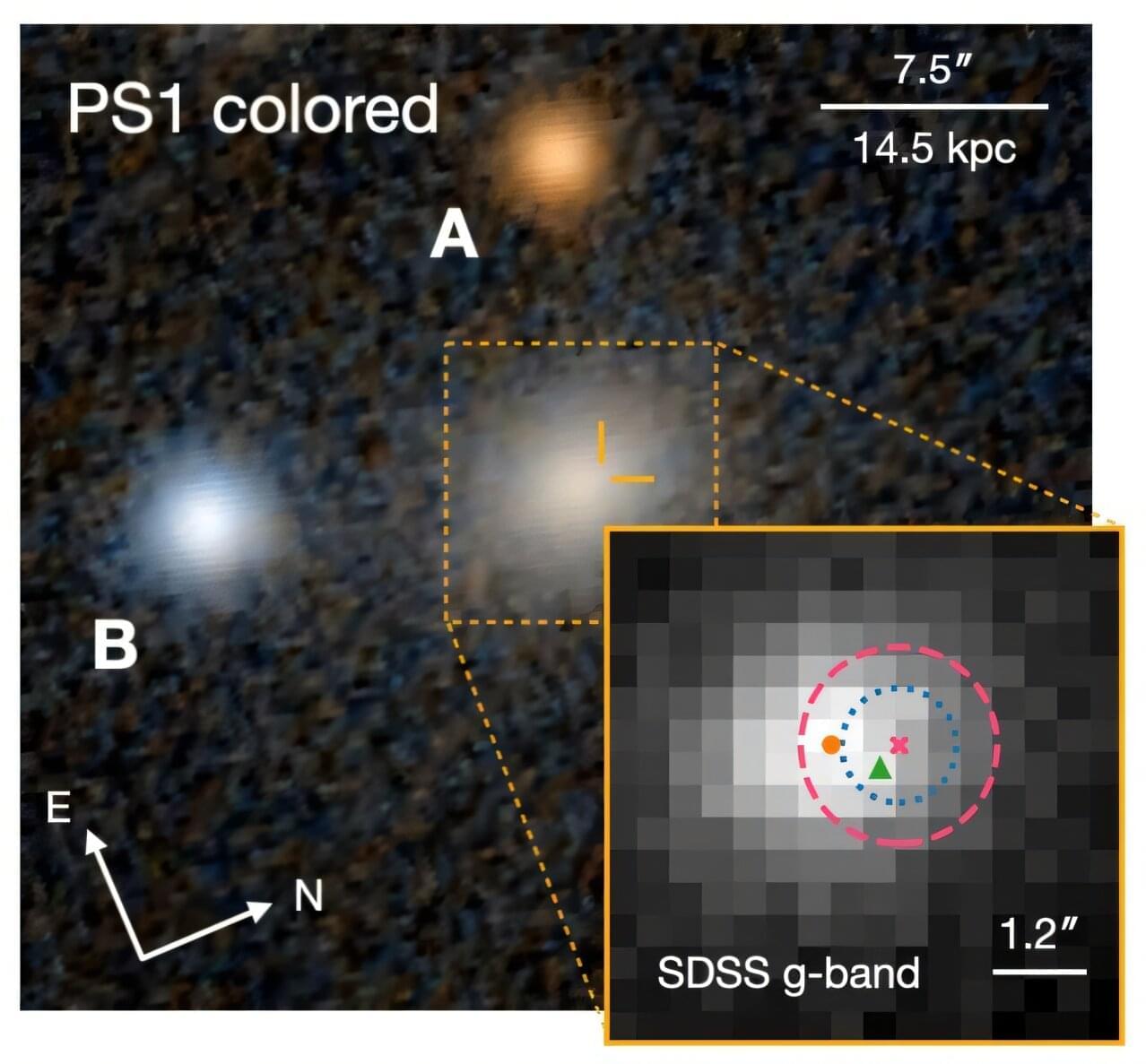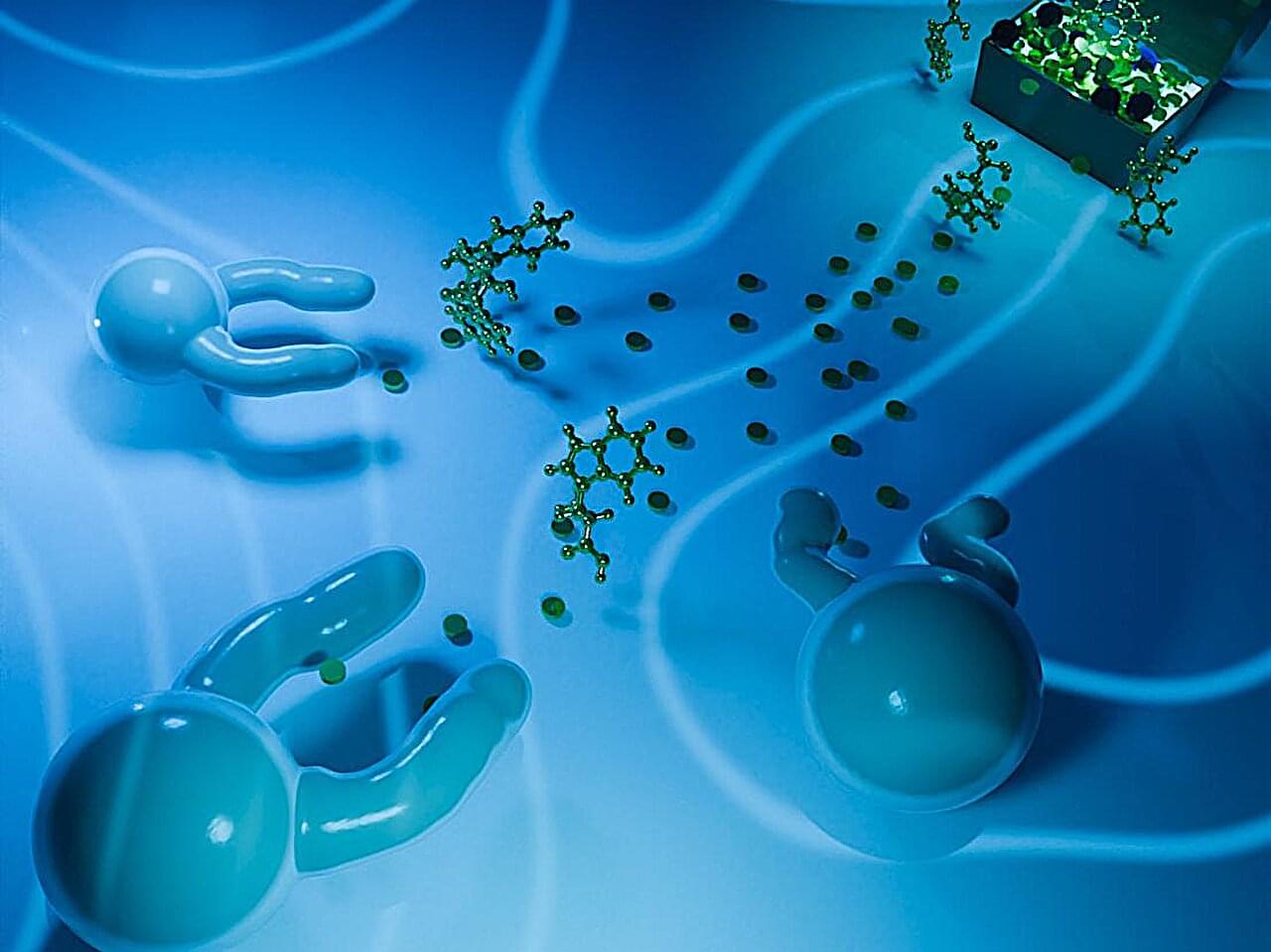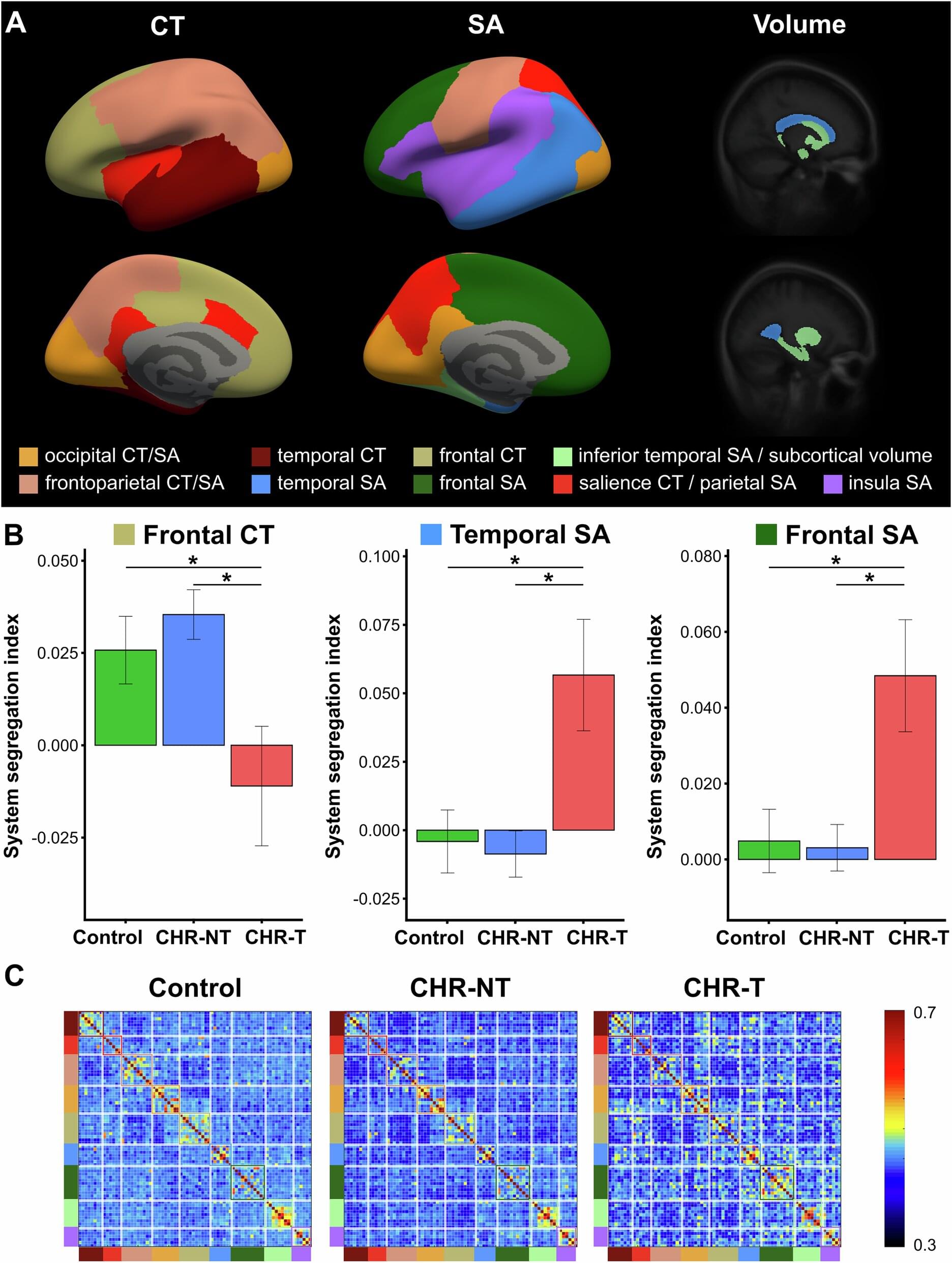The famous double-slit experiment brings into question the very nature of matter. Its cousin, the quantum eraser experiment, makes us question the very existence of time – and how much we can manipulate it




The full structure, if it is ever built, will likely take centuries. But the first pieces could be deployed within the next hundred years. Like the construction of cathedrals or transcontinental railroads, this is the kind of project that begins with a vision and takes shape slowly, across generations.
A Dyson sphere is not only about energy. It is about how we think. It challenges us to plan at the scale of a civilization rather than a single generation. It asks what kind of future we are trying to build, and whether we are willing to imagine a world of abundance rather than scarcity. It may take centuries to complete, but the mindset that makes it possible can start right now.

Traveling-wave parametric amplifiers (TWPAs) are electronic devices that boost weak microwave signals (i.e., electromagnetic waves with frequencies typically ranging between 1 and 100 GHz). Recently, many engineers have been developing TWPAs based on superconductors, materials that conduct electricity with a resistance of zero at low temperatures.
Superconductor-based TWPAs can process signals with high efficiency, typically adding little noise to amplified signals. However, conventional amplifier designs lack directionality, which essentially means that electromagnetic energy can propagate backward towards the input, adversely impacting their performance.
Researchers at University Grenoble Alpes, CNRS, Silent Waves and Karlsruhe Institute of Technology recently developed a new TWPA based on nanoscale superconducting components known as Josephson junctions. This device, introduced in a paper published in Nature Electronics, can shift backward-traveling waves to higher frequencies, preventing the backward propagation that typically degrades the performance of TWPAs.

An international team of astronomers has investigated a short-lived optical flare designated AT2022zod. As a result, they found evidence indicating that this flare is an unusual tidal disruption event. The findings were presented in a research paper published Dec. 1 on the arXiv pre-print server.
When a star passes close enough to a supermassive black hole and is pulled apart by the black hole’s tidal forces, it triggers the process of disruption, which is known as a tidal disruption event (TDE). Afterward, the tidally disrupted stellar debris starts raining down on the black hole, and radiation emerges from the innermost region of accreting debris, which is an indicator of the presence of a TDE.

Oil-in-water droplets respond to chemical cues by forming arm-like extensions that resemble filopodia, which are used by living cells to sense and explore their environment.
A research team led by chemists at Penn State studies the droplets to glimpse how matter may have transitioned to life billions of years ago. The researchers have dissected the mechanism through which these arms form and shown that they respond directionally, growing toward or away from specific chemicals.
The research appears in the Journal of the American Chemical Society and will be featured on the front cover of an upcoming issue. The society also featured the research in its Research Headlines video series, which spotlights new and interesting work published in the society’s journals.

St. Hedwig Hospital and Charité–Universitätsmedizin Berlin researchers report that repeated mornings spent under dim indoor light in healthy young adults raised afternoon and evening cortisol and reshaped sleep in ways known from depressive illnesses.
Depressive disorders are often linked with hyperactivity of the hypothalamic–pituitary–adrenal axis, with cortisol levels that stay elevated into the afternoon and early evening instead of reaching their lowest levels, typical of early evening.
Sleep in depressive illness often carries its own fingerprint. Changes in REM sleep and a shift of slow wave sleep from the beginning of the night toward later phases have been described as biological markers of depression.

Humans and most other animals are known to be strongly driven by expected rewards or adverse consequences. The process of acquiring new skills or adjusting behaviors in response to positive outcomes is known as reinforcement learning (RL).
RL has been widely studied over the past decades and has even been adapted to train some computational models, such as some deep learning algorithms. Existing models of RL suggest that this type of learning is linked to dopaminergic pathways (i.e., neural pathways that respond to differences between expected and experienced outcomes).
Anne G. E. Collins, a researcher at University of California, Berkeley, recently developed a new model of RL specific to situations in which people’s choices have uncertain context-dependent outcomes, and they try to learn the actions that will lead to rewards. Her paper, published in Nature Human Behaviour, challenges the assumption that existing RL algorithms faithfully mirror psychological and neural mechanisms.
Blinking is a human reflex most often performed without thinking, like breathing. Although research on blinking is usually related to vision, a new Concordia study examines how blinking is connected to cognitive function, such as filtering out background noise to focus on what someone is trying to say to us in a crowded room.
In an article published in the journal Trends in Hearing, the researchers describe two experiments designed to measure how eye blinking changes in response to stimuli under different conditions.
They found that people naturally blink less when they are working harder to understand speech in noisy environments, suggesting that the act of blinking reflects the mental effort behind everyday listening. The research further showed that blink patterns remained stable across different lighting conditions—meaning people blinked just as much whether lighting was bright, dim or dark.

Researchers from the Yong Loo Lin School of Medicine, National University of Singapore (NUS Medicine), and NHG Health’s Institute of Mental Health (IMH) have mapped how brain networks differ in individuals at Clinical High Risk (CHR) for psychosis, providing a new perspective on the mechanisms underlying the disease onset.
Published in Molecular Psychiatry, the study utilized advanced neuroimaging methods to identify early, network-level changes in more than 3,000 individuals at varying levels of risk.
The study—led by Dr. Siwei Liu, Senior Research Scientist, and Associate Professor Juan Helen Zhou, Director, both at the Center for Translational Magnetic Resonance Research (TMR), NUS Medicine, and in collaboration with Associate Professor Jimmy Lee, Senior Consultant Psychiatrist and Clinician-Scientist at IMH—sought to determine how brain networks can reveal signs in young individuals with heightened clinical risk of developing psychosis.